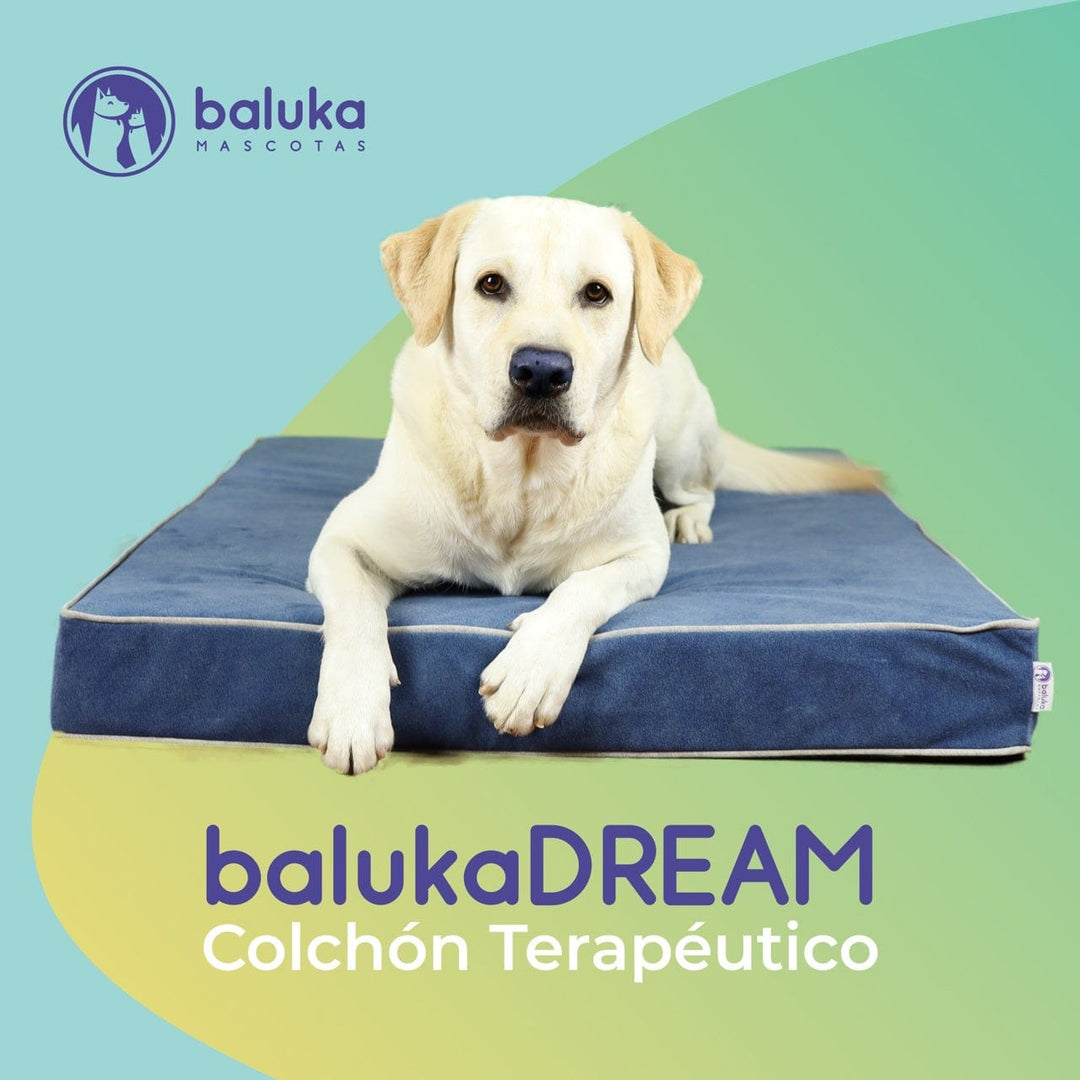As we know, dogs are as we know, dogs are prone to develop diseases as is the case with humans. Many of them are caused by viruses, bacteria or protozoa, but in this article of our blog we are going to talk about another type of microorganisms responsible for certain diseases: mites in dogs.
Indeed, mites represent a challenge for those of us who are pet parents and are concerned about their health and well-being. These tiny enemies, although often invisible to our eyes, can affect (and greatly) the health and quality of life of our furry friends.
Here is a complete guide to better understand what mites are, how they affect our dogs and, most importantly, how to protect our beloved companions from these parasites.
What are mites?
Mites are ectoparasites (i.e. they live outside the host) that are part of the arachnid family. They are tiny, microscopic in size, although some can be seen with the naked eye. There are thousands of mite species, each adapted to different environments and hosts.
Mites feed on dead skin cells or sometimes even on our dog's blood (e.g. ticks). When their proliferation gets out of control, they can pose a significant danger to your health.
Most common types of mites in dogs
Nowadays there are a great variety of mites that can affect our dog's health. However, the most common are the following:
Demodex canis
This mite is responsible for a disease known as demodectic mange, which causes redness and itching on the dog's skin. If this type of canine mange spreads throughout the body, it could cause secondary infections that seriously affect the health of our furry friend.
Sarcoptes scabiei
This mite causes sarcoptic mange or canine scabies. Its uncontrolled presence causes the appearance of very irritated areas that are very itchy for our dog.
Cheyletiella yasguri
This type of mite is more common in puppies than in adult dogs, and causes a disorder known as walking dandruff, i.e. flaking of the skin, redness and itching. Cheyletiella yasguri is a mite that is very easily spread by direct contact or through surfaces.
Otodectes cynotis
This last mite is known as the ear mite, as it is usually found in the dog's ear canal, where it causes inflammation and severe itching.
The risks of underestimating mites
The presence of mites in our dogs can trigger a variety of health problems, from skin irritations to more serious diseases such as mange and allergies, like the ones we have seen.
In extreme cases, these parasites can even contribute to the development of respiratory diseases in both the animals and the humans who live with them. Scabies, one of the most common conditions caused by mites, can present itself in different forms and severities, but is treatable if detected early.
How do mites get to our dog?
Mites reach our dogs in multiple ways, taking advantage of the abundant fur and favorable environmental conditions such as humidity and heat. Poor hygiene, both of the animal and its environment, can create the perfect scenario for their reproduction.
Therefore, it is essential to keep clean not only the spaces where our dogs spend the most time, but also their accessories and play areas to minimize the opportunities for these parasites to become established.
Strategies to combat mites
Prevention and proper treatment are key to protecting our dogs from dust mites.
As responsible owners, our job is to always be vigilant and act proactively to prevent mite infestation. This involves maintaining a thorough cleanliness of the spaces where our dogs live and play, as well as watching for any signs of discomfort or illness in our furry companions.
Education about the risks and available treatments, along with close collaboration with our veterinarian, are key to ensuring a long, healthy and happy life for our dogs. In case of suspicion, we should consult with our veterinarian, who will be able to diagnose the specific problem and recommend the most appropriate treatment. Depending on the type of mite, the options will range from topical applications to more intensive treatments.
In addition, meticulous hygiene of our home and the objects our dog uses is also crucial to prevent mites from reappearing.
Anti-dust mite mattresses and beds for dogs
Apart from the above, we must offer our dog a resting place that protects him from dust mites while he sleeps. That place is the beds and mattresses for dogs of Balukadesigned with materials that eliminate 99.9% of dust mites, which ensures that our furry one will be protected from these annoying guests.
Our Viscoelastic Beds and Mattresses for Dogs and Cats

Embroidered with their name

Take care of their bones

The best for dogs with dysplasia or arthrosis.
Likewise, our anti-dust mite dog beds take care of their bones and alleviate ailments such as hip dysplasia, arthritis and osteoarthritis.
Give him the best resting place and protect your dog from mites with Baluka!















